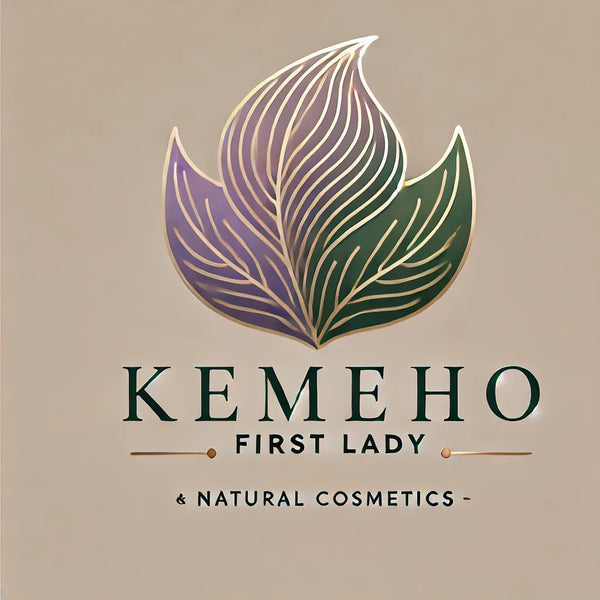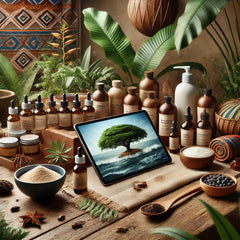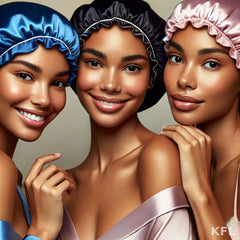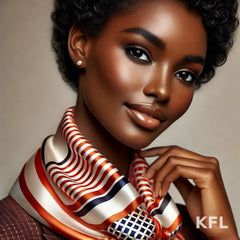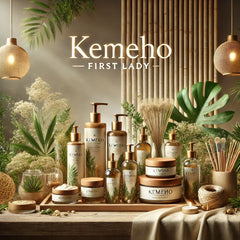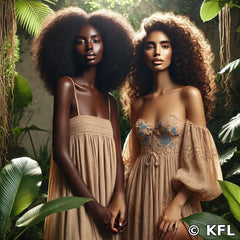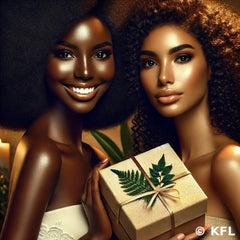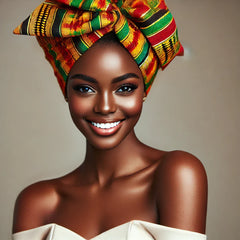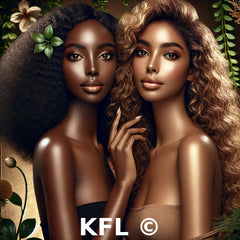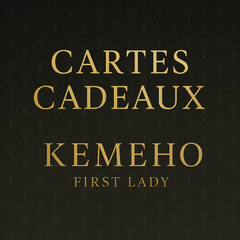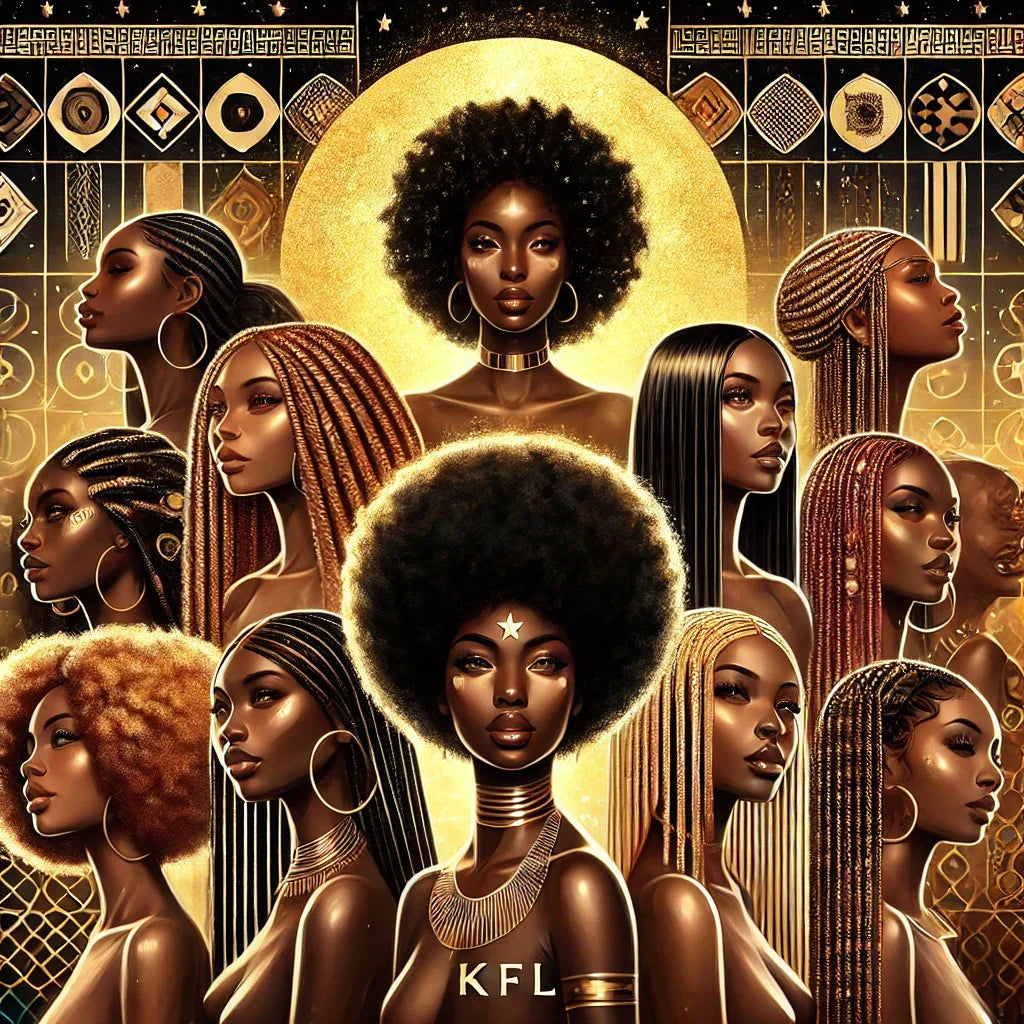
The Evolution of Black Beauty Standards and the Fight Against Colorism
Share Label
The Evolution of Black Beauty: From Marginalization to Empowerment
Black beauty has long been underestimated, marginalized, and shaped by standards inherited from colonialism and Eurocentrism. From the rejection of dark skin and kinky hair to modern movements of reclamation, the standards of Black beauty have undergone a profound transformation. The fight against colorism, which favors lighter skin over darker tones, remains a crucial issue in the quest for representation and social justice. Today, Black beauty is being reinvented and asserted with pride, breaking the dictates imposed by history.

1. The Legacy of Colonialism and Eurocentrism in Beauty Standards
For centuries, beauty has been defined according to Western norms that associated light skin and delicate features with a superior aesthetic ideal.
- During the colonial era, Afro-descendants were devalued, and their physical traits were considered "inferior."
- In the media and fashion, representations of Black beauty were rare, and those that did exist often showcased biracial individuals with softer hair and finer features.
- The phenomenon of colorism, where lighter skin is perceived as more desirable and better accepted, settled within Black communities themselves, perpetuating the effects of racial domination.
2. Colorism: Discrimination Within the Black Community
Colorism is a form of discrimination based on skin tone within Black and mixed-race populations.
- Origins: Inherited from the era of slavery and colonization, where lighter-skinned Black people often had access to social privileges.
- Impact in Society: It remains visible in industries such as modeling, cinema, and the workforce.
- Psychological Consequences: Many dark-skinned individuals have grown up feeling less beautiful and less valued.
- Skin Bleaching: Social pressure has led to the rise of a massive skin-lightening market, where dangerous bleaching creams are sold worldwide.
3. The Awakening: Rebellion Against White Beauty Standards
Despite centuries of marginalization, Black people around the world began to claim their own definition of beauty:
- 1960s-1970s: With the "Black is Beautiful" movement and Black Power, Afros and natural features were celebrated as symbols of resistance.
- 1990s-2000s: Black celebrities like Lauryn Hill, Naomi Campbell, and Alek Wek imposed a new model of beauty in the media.
- Today: The rise of social media has allowed Black women and men to highlight their natural aesthetics, independent of imposed standards.
4. Celebrating Black Beauty Today
Thanks to new generations and the influence of reclamation movements, Black beauty is now celebrated with pride.
- Cosmetic Brands Adapt: Companies like Rihanna's Fenty Beauty have revolutionized the industry by offering products designed for darker skin tones.
- Black Models and Actresses Take Power: Lupita Nyong’o, Adut Akech, Zendaya, and others break stereotypes and demand real diversity.
- Natural Hair is Highlighted: The return to natural textures (Afro, locks, braids) has become an identity and political statement.
- Laws Against Hair Discrimination: In the U.S., the CROWN Act law now protects Afro hairstyles against workplace and school discrimination.
Conclusion
Black beauty has traversed centuries of devaluation to finally assert itself with pride and power. The fight against colorism continues, but mindsets are evolving. Today, being Black and accepting oneself in entirety is a revolutionary act. Every skin tone, every hair texture deserves to be celebrated, affirming that Black beauty is timeless and irreplaceable.
